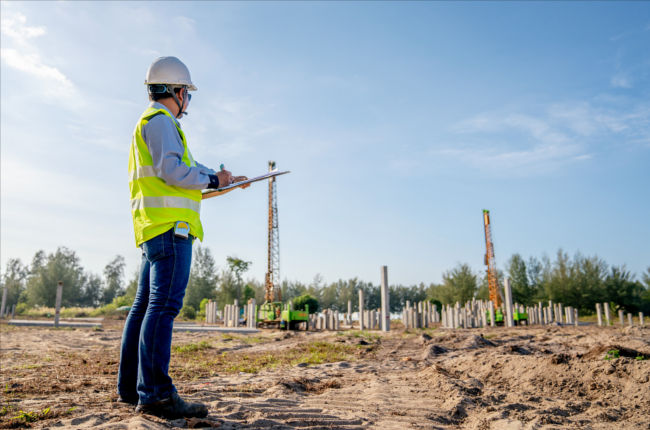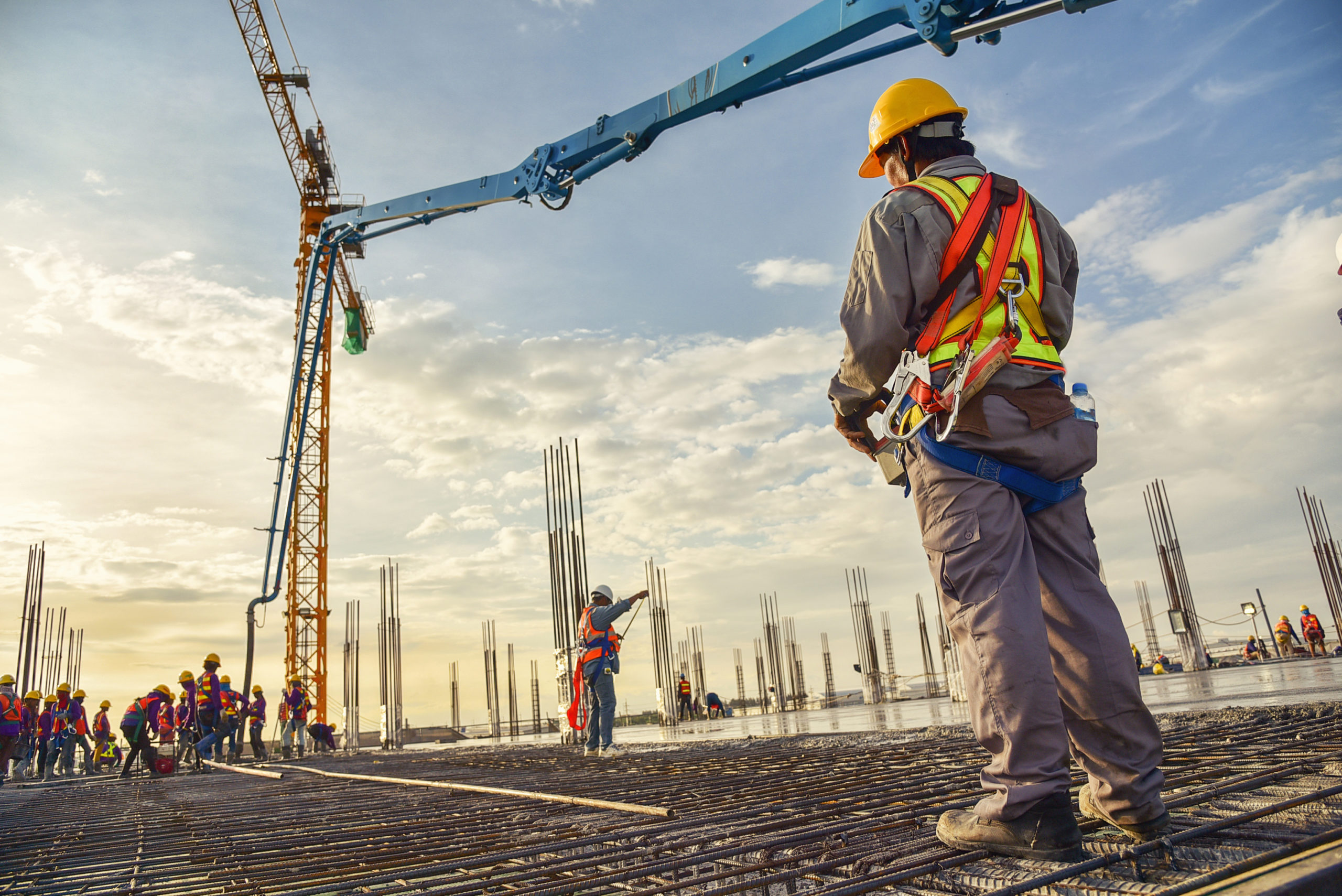Vital Tools and Technologies for Modern Geotechnical Engineers
Wiki Article
The Interdisciplinary Approaches in the Geotechnical Industry: Bridging the Gap In Between Design, Geology, and Environmental Science for Optimum Job End Results
The combination of engineering, geology, and environmental science within the geotechnical sector is not just advantageous; it is essential for achieving optimum project end results. What methods might emerge to promote this important collaboration and enhance the efficiency of geotechnical methods?Value of Interdisciplinary Collaboration
The significance of interdisciplinary partnership in the geotechnical sector can not be overstated. Efficient geotechnical projects need the integration of varied expertise from numerous fields, including engineering, geology, and environmental scientific research. This partnership ensures that all elements of a project are taken into consideration, causing extensive solutions that deal with complicated obstacles.Interdisciplinary partnership fosters technology by making it possible for specialists to share insights and methodologies that might not appear when operating in seclusion (engineer of record). By leveraging the staminas of multiple disciplines, groups can identify potential dangers, enhance design processes, and improve the sustainability of geotechnical jobs. Such cooperation advertises an alternative understanding of site-specific problems, which is vital for precise evaluation and decision-making.
The intricacy of geotechnical tasks requires a coordinated method to analytical. Ultimately, interdisciplinary collaboration is essential for advancing finest practices and achieving excellence in the geotechnical market.
Secret Duties of Each Technique
Cooperation amongst numerous disciplines is not simply advantageous; it is vital for the successful execution of geotechnical projects. Each self-control-- engineering, geology, and ecological scientific research-- plays a distinct yet interconnected duty that contributes to forecast efficiency and sustainability.Geotechnical designers are mostly responsible for designing structures and guaranteeing structural honesty. They examine dirt and rock homes to analyze load-bearing capacities, supplying necessary data for risk-free construction practices. Their knowledge enables the solution of ingenious services to intricate difficulties.

Environmental researchers examine the prospective influences of building and construction on ecological communities and water resources. They conduct ecological evaluations and develop reduction methods to reduce unfavorable effects. By incorporating environmental considerations, they make certain conformity with policies and advertise sustainability throughout the task lifecycle.
Study of Effective Integration
Successful assimilation of geotechnical self-controls can be exemplified via various instance research studies that highlight the efficiency of team effort in attending to complex engineering obstacles. One significant example is the construction of the Hong Kong-- Zhuhai-- Macau Bridge, where a collective approach including geotechnical design, geology, and environmental scientific research was critical. Engineers and rock hounds operated in unison to evaluate the seabed problems and optimize the structure style, making certain stability and minimizing ecological impact.An additional impactful case is the renovation of incline stability in the San Francisco Bay Area, where an interdisciplinary group incorporated geotechnical evaluation with environmental evaluations. By incorporating geological surveys and hydrological research studies, the group effectively determined prospective landslide threats and implemented effective mitigation procedures, boosting safety and security and sustainability.
Furthermore, the redevelopment of Brownfield sites commonly calls for a multidisciplinary strategy. In one case in Chicago, cooperation amongst geotechnical designers, ecological scientists, and city planners resulted in the effective removal of contaminated soil, permitting the safe change of the website right into a neighborhood park. These instance researches show that interdisciplinary partnership not only addresses technological challenges yet likewise fosters cutting-edge solutions that benefit both jobs and neighborhoods.
Difficulties in Multidisciplinary Projects

Additionally, collaborating timetables and operations among numerous teams can be bothersome, especially when each discipline has one-of-a-kind job milestones and deliverables. This imbalance can result in hold-ups and increased prices. The difficulty of source allocation additionally looms huge; making sure that specialized knowledge is available at essential points requires cautious preparation and foresight.
Last but not least, regulatory conformity poses one more substantial challenge. Each technique may deal with various regulatory structures, and aligning these demands to meet job purposes can be complicated and taxing. Addressing these obstacles necessitates solid leadership and efficient interaction techniques to cultivate collaboration and make sure that multidisciplinary groups work cohesively in the direction of shared goals.
Future Trends in Geotechnical Practices
As the geotechnical market progresses, emerging patterns are reshaping methods to address the difficulties faced in multidisciplinary projects - geo tech engineer. One significant trend is the raised integration of advanced innovations, such as artificial knowledge and maker knowing, into geotechnical evaluation and style. These technologies enhance predictive modeling and risk evaluation, enabling designers to make more enlightened choices throughout the project lifecycle
In addition, the fostering of electronic doubles and real-time surveillance systems is becoming more prevalent. These tools help with recurring analysis of dirt problems and architectural efficiency, enabling for timely interventions when problems develop.
Final Thought
To conclude, the combination of engineering, geology, and environmental science is important for achieving optimal outcomes in the geotechnical sector. Interdisciplinary cooperation promotes advancement, improves analytical abilities, and aligns technical needs with ecological sustainability. Effective study illustrate the advantages of this method, while acknowledging the difficulties dealt with in multidisciplinary projects. Looking in advance, welcoming these joint practices will be essential for navigating future trends and progressing the field of geotechnical engineering.The integration of design, geology, and environmental scientific geo tech engineer research within the geotechnical industry is not just beneficial; it is vital for achieving ideal project results. Reliable geotechnical jobs call for the integration of varied knowledge from numerous fields, consisting of design, geology, and environmental scientific research.Navigating the complexities of multidisciplinary tasks in the geotechnical industry provides numerous significant difficulties.As the geotechnical sector develops, arising fads are reshaping methods to resolve the challenges dealt with in multidisciplinary tasks. Geotechnical engineers are progressively collaborating with environmental researchers to make certain that projects line up with sustainability objectives and abide with regulatory demands.
Report this wiki page